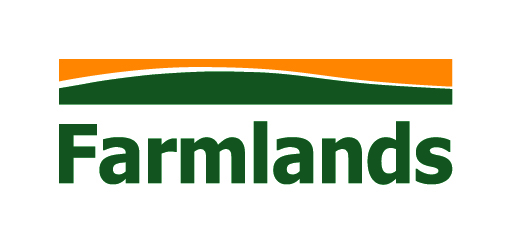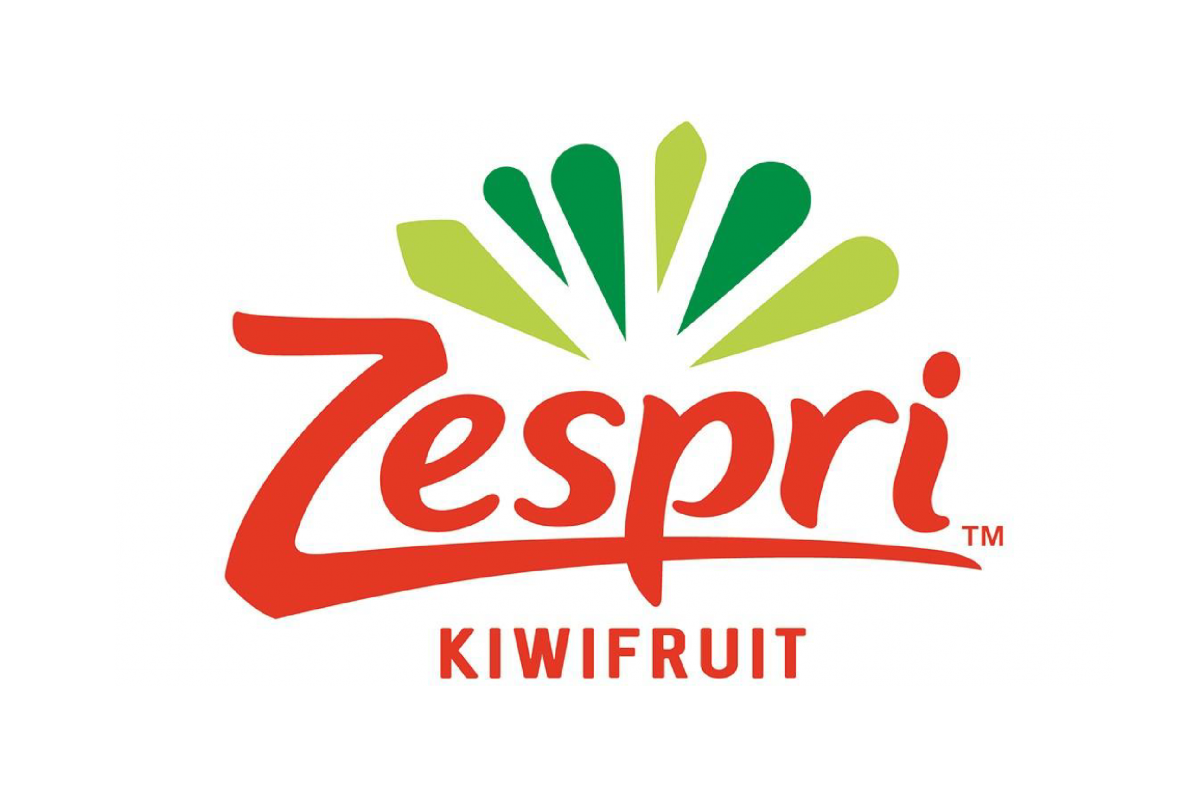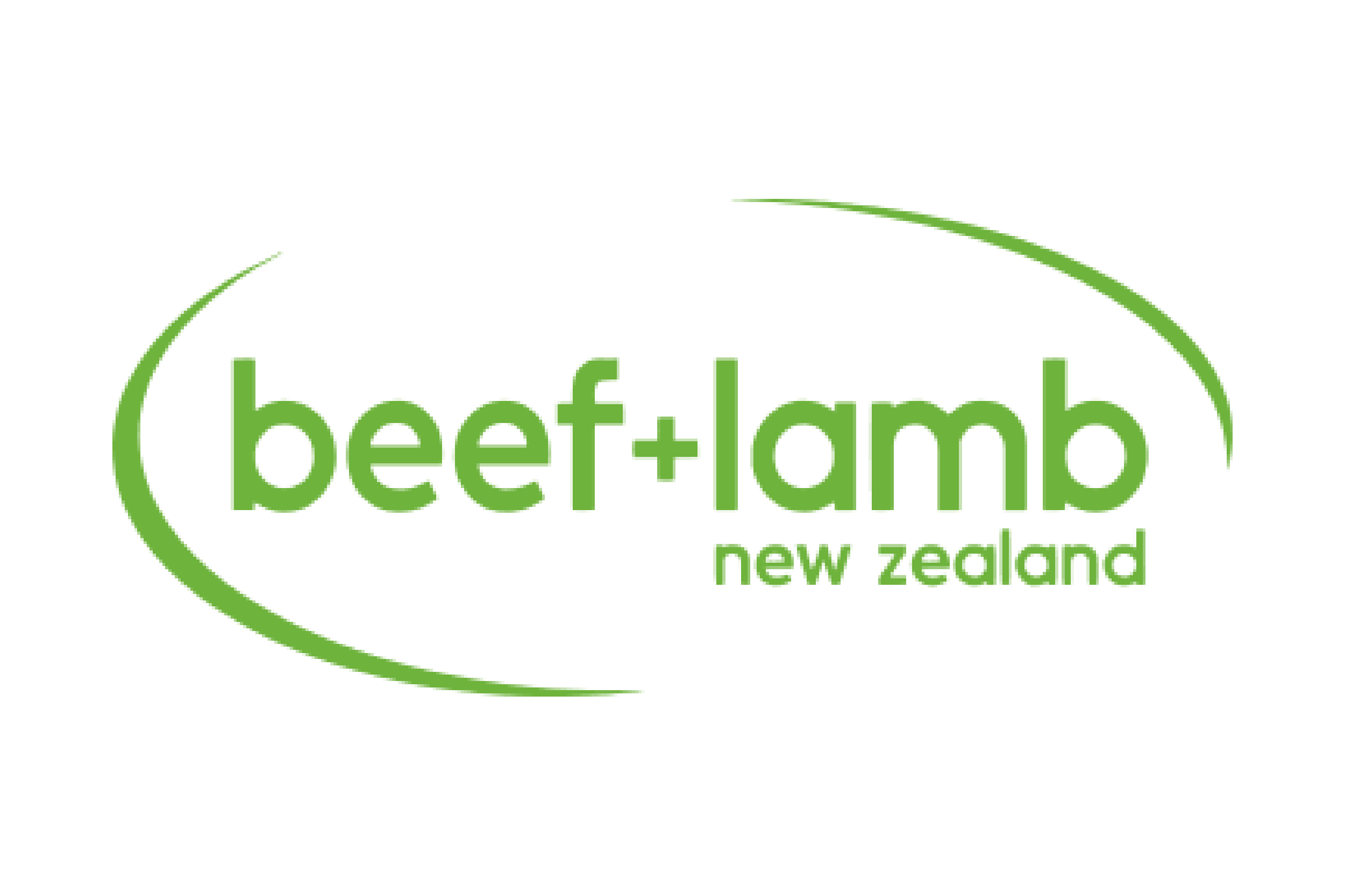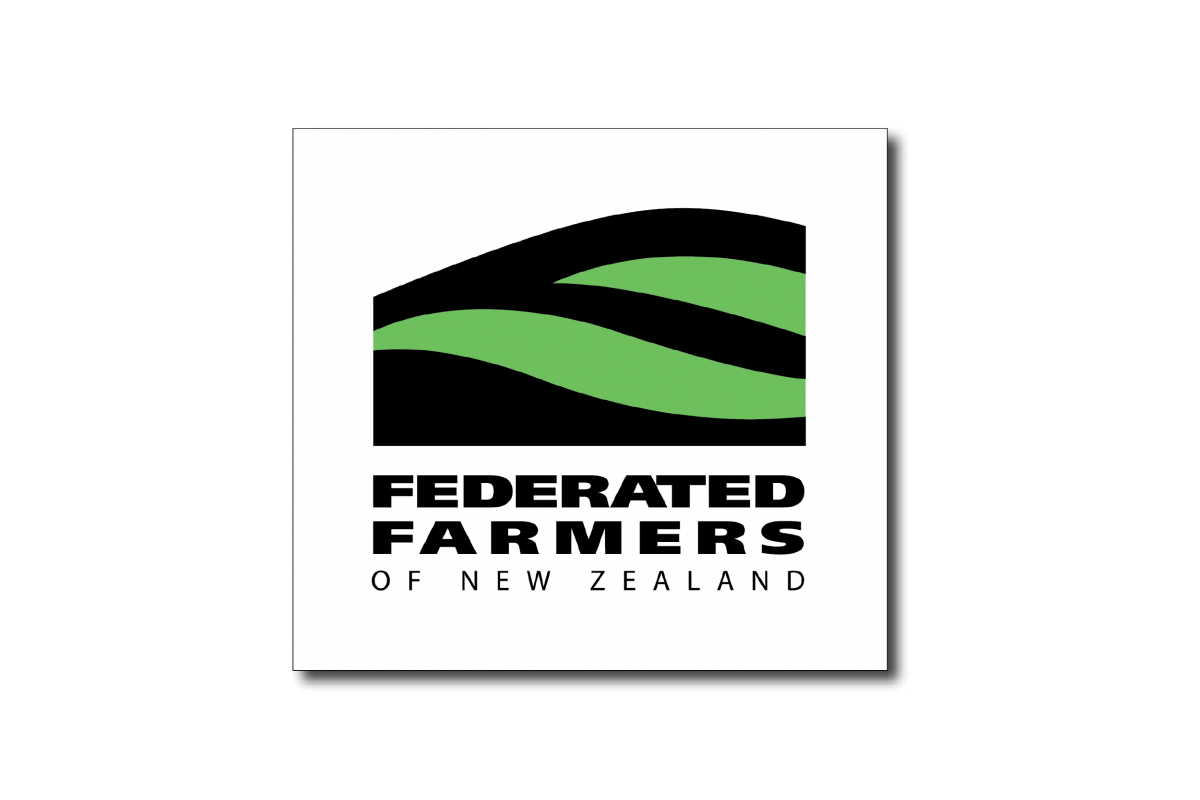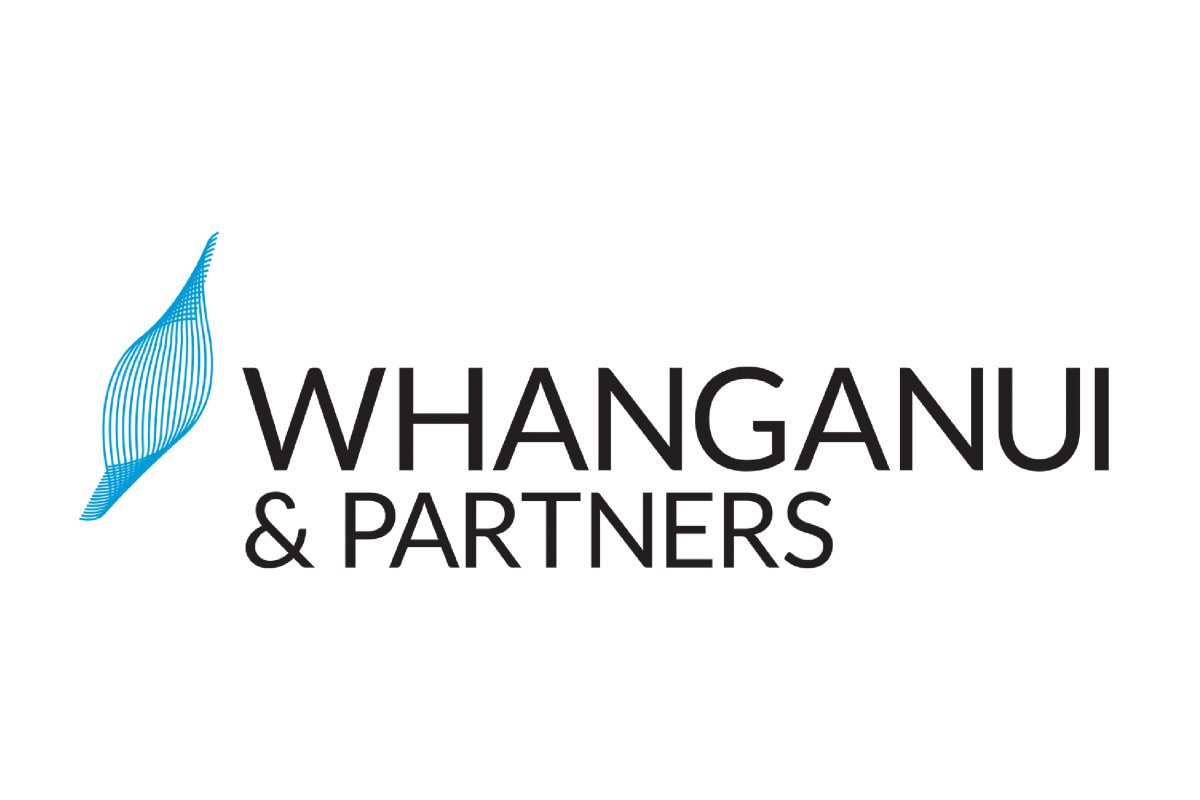Executive Summary
In 2013 the New Zealand Pipfruit industry produced 18m Tce (tray carton equivalent used as a standardised unit for quantity of apples) of export fruit generating $504m in revenue. As part of the pipfruit industries representative body Pipfruit New Zealand Inc strategic review a target o f becoming a $1b industry by 2022 was issued thus indicating a requirement for growth of almost 100% over 9 years.
Since 2008 European Canker (Nectria Canker) infections have significantly increased due to weather events and lack of grower education of techniques to mitigate the infection.
To date there have been no official statistics quantifying the extent of the infection rate nationally, however anecdotal information provided through observation, contracted quantitative surveys on orchard and an industry leader survey suggests canopy infection could be as high as 15%. Best practice to date highlights the need to remove infection from the orchard in turn suggesting up to 15% of cropping potential could be lost.
In 2013 at a rate of an estimated 7.5% loss of production in Central Otago and Hawkes Bay combined with a 10% loss of production in Nelson and other pipfruit producing regions it could be estimated that up to 1.5m tce worth of production is currently being lost to European Canker. This translates to $42.2m in potential lost revenue through lowered hectare productivity.
After surveying a number of high level industry representatives (consultants, grower representative bodies, growers and industry body representatives) it cannot be said with confidence that the infection rate is being maintained but more than likely it could be increasing.
If this infection rate were to increase by 5% (13.5% and 15% respectively) across a $1b industry it can be estimated that growers would have the potential to lose an estimated 4.6m tce in production which translates to a staggering $143m.
For the pipfruit industry to realise its target of $1b by 2022 a combination of increases in productivity, new varieties and increased unit sales price are required along with significant development.
With EC potential to erode productivity and potentially in creasing the industry is required to reassure corporate investors that New Zealand pipfruit production is a sensible investment option.
It has been identified through the survey that not only do we lack skilled researchers to better address this disease, but IP ownership coupled with market access sensitivities appear to be hindering free flow of knowledge with offshore specialists.
EC awareness is important to address and mitigate the infection further however knowledge of the disease within New Zealand pipfruit in market has serious ramifications on market access.
After evaluating the differing aspects of this disease, the primary objectives and functions of Pipfruit New Zealand and a better understanding how EC effects participants within the industry I am convinced management for the advancement in in field of EC mitigation is a function should be directed by PNZ under guidance of the industry participants.
Ideally a stepped assessment of the current infection levels of the disease and a quantified risk assessment of sensitive market access driven by industry body PNZ would be valuable.
The effect on the participants within an industry striving to achieve $1 Billion by 2022 Morgan Rogers IP Manager T&G This would derive the information needed to tactfully approach corporate investors and industry to form a research program sensitive to market access cautions but still providing growers and investors with reassurance that EC infection is a point of focus.
Funding could be leveraged between collaborative research bodies, corporate’s and government allowing free access to findings.







